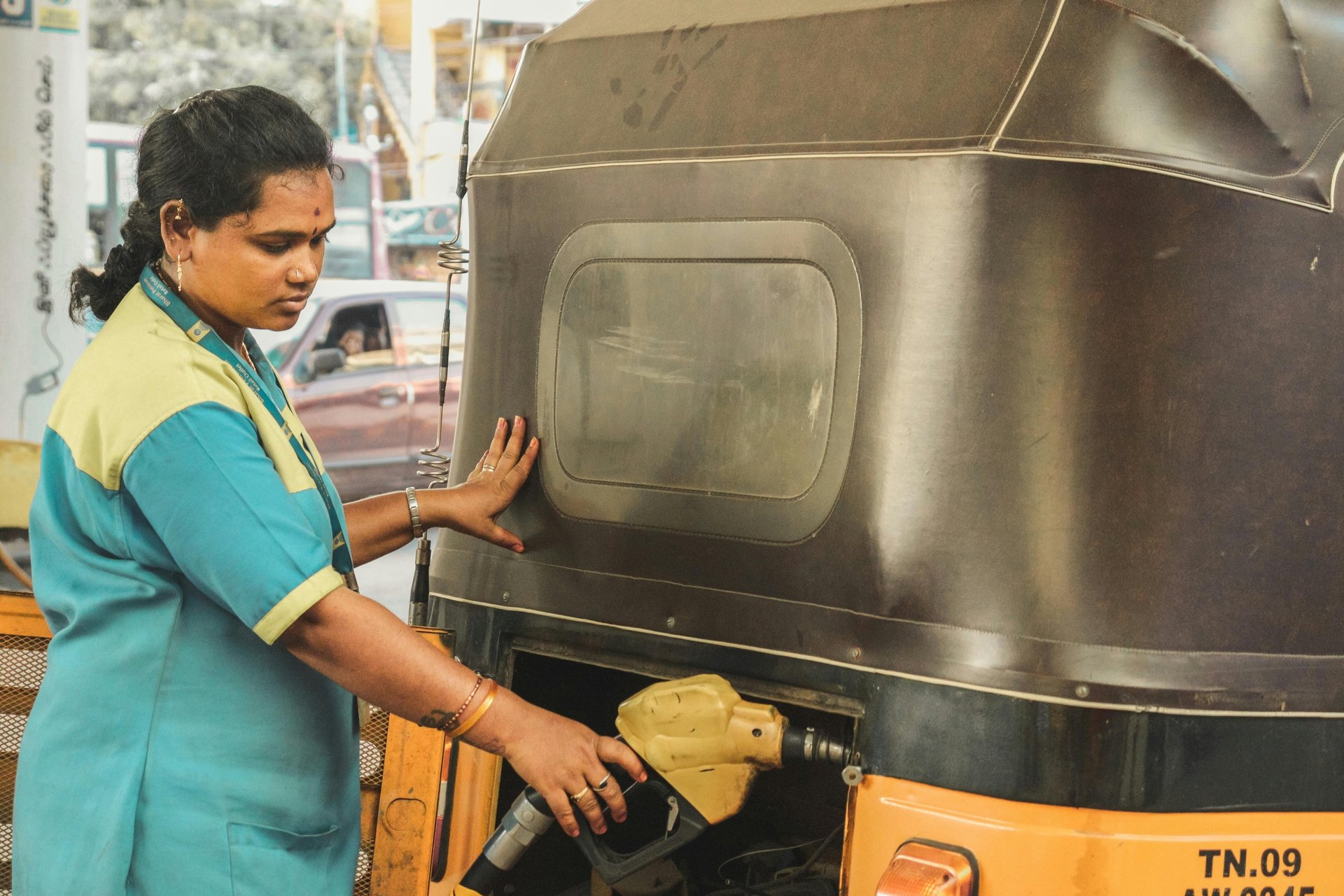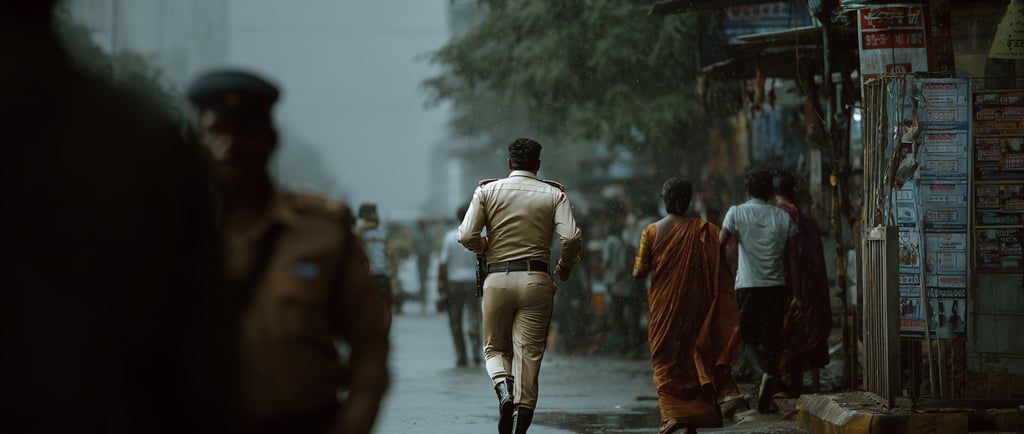Have you ever seen a security guard standing at an apartment gate in peak May heat — sweating through his uniform, polyester sticking to his skin, counting the hours till his shift ends?
I have. And it’s one of those moments that really makes you think: if the fabric isn’t right, the uniform becomes a burden, not a badge of pride.
Why Fabric Choice Is Everything in our Hot, Humid weather
India's climate is famously challenging — high humidity, long spells of heat, and sudden rain showers mean that whatever you wear is going to be tested. For uniforms, this test is even tougher because they’re not one-day garments. They’re worn day in, day out, washed frequently (often with harsh detergents), and sun-dried in full glare — especially in worker housing or staff changing facilities.
A wrong choice in fabric doesn’t just mean discomfort — it shortens the life of the garment, fades colors quickly, and reflects badly on your brand.
Cotton vs. Polyester — The Truth
Cotton is a natural fiber, soft and breathable, making it ideal for comfort. But… here’s the catch: with the kind of washing practices common in India (strong detergents, sometimes scrubbing with brushes, sun-drying without shade), cotton fibers start breaking down fast. Colors fade, the feel gets rough, and the uniform can look worn out in just a few months.
Polyester, on the other hand, is a strong synthetic. It holds color beautifully, resists shrinking and wrinkling, and can take years of washing punishment without losing shape. Sun drying barely affects it — which is great in India’s weather.
But pure polyester comes with its own downside — it’s not quite as breathable, and in humid conditions, it can feel warm against the skin.
The Perfect Balance — Poly-Cotton Blend
This is where our recommended 65/35 poly-cotton blend comes in:
Polyester does the heavy lifting for longevity — keeping colors bright and fibers intact.
Cotton steps in for breathability and comfort, particularly for jobs with lots of movement and sweat.
We’ve tested these blends on roles like security guards, maintenance staff, and factory floor workers, and the difference is night and day — better comfort, longer life, and lower replacement costs for employers.
A Story From Our Floor
A year ago, we supplied a large security agency in Mumbai with both 100% cotton and poly-cotton sets for a six-month trial. At the end, the results were crystal clear:
The cotton uniforms looked worn out and faded.
The poly-cotton still looked sharp, and many guards actually preferred the slightly firmer fabric because it held shape even in sweat-soaked conditions.
That contract ended up converting fully to poly-cotton, and we’ve been supplying them ever since.
The Bottom Line
In Mumbai’s humid summers, comfort and durability both matter. By blending polyester’s stubborn strength with cotton’s comfort, we create uniforms that not only survive India’s harshest washing conditions but also keep employees feeling good while they work.
Next time you choose uniforms, remember: a little thought into fibers today saves you money, keeps your brand looking sharp, and makes your employees actually want to wear their uniform.





